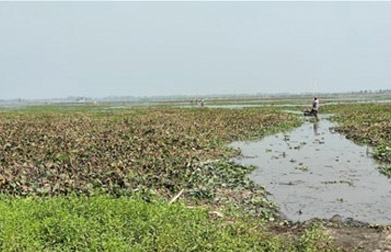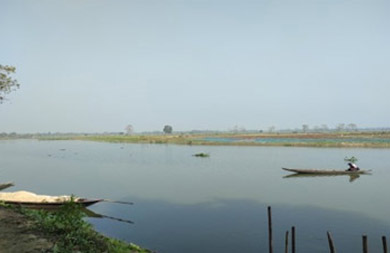Carbon sequestration studies
- Carbon sequestration studies carried out in 20 wetlands of West Bengal and Assam
- Significant accumulation of Carbon in the range of 12.65 MgC/ha to 157.29 MgC/ha, 3-4 times higher to reference upland sites
- In all the studied wetlands, C accumulation up to 30 cm depth of soil was higher than their corresponding reference upland sites
- Quantity of C accumulated up to 0.3 m depth in the wetlands was to the tune of 13-77 Mg/ha
- The quantity of C accumulated up to 0.3 m depth in the oxbow lakes was 3.43–4.78 times higher than that in the corresponding reference upland sites
- C sequestration potential of wetlands of West Bengal was higher than wetlands of Assam
- Capacity of different wetlands to capture and store C in soils vary widely depending on their nature
- Net C sequestering versus C release from wetlands are complex and change over time
- In the sewage-fed wetland, the C accumulation estimated as 50 Mg/ha was 1.27 times higher than its corresponding upland site
- A positive correlation was also observed between macrophyte coverage, and the amount of C stored in the wetlands
- High efficiency of wetlands for C capture and storage in soil which can somewhat offset the GHG emission
- Conversion to blue carbon offers wide scope for climate change mitigation


Floodplain wetlands of Assam


